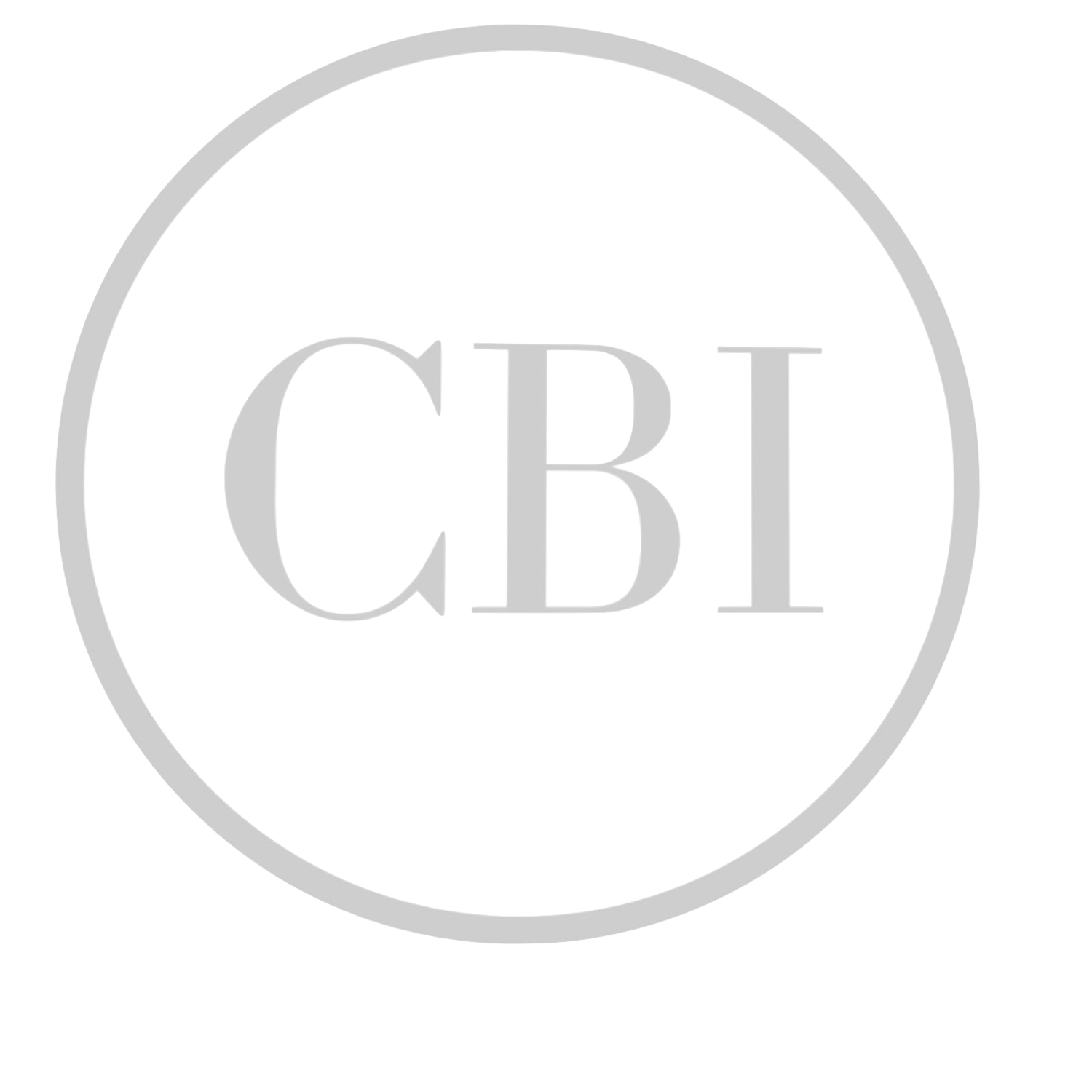How to Stay Sharp as a CRE Pro in Shifting Markets
Markets are changing, but you can stay ahead as a commercial real estate professional
Commercial real estate has always been cyclical, but never quite like this. Hybrid work has upended office demand. Inflation and higher interest rates have forced tighter underwriting. Meanwhile, tenants are demanding smarter buildings, clearer value, and flexible terms. In this landscape, the professionals who thrive aren’t the ones clinging to past tactics. They’re the ones adapting—fast, often, and on principle. And adaptation doesn’t mean just riding the wave. It means retooling the fundamentals—how you lead, negotiate, invest, and evolve.
Adaptability Isn’t a Trait—It’s a Workflow
The old calendar of “set it and lease it” has given way to an age of ongoing recalibration. Floor plans need rethinking. Tenant packages need retooling. And the savviest leaders aren’t waiting for directives from capital—they’re actively reading shifts and building flex into their operations. That means crafting strategies that allow teams to pivot and evolve as needed, while still staying rooted in performance goals. Adaptability, in commercial real estate, is no longer optional. It’s operational.
Negotiation Isn’t About Winning—It’s About Staying in the Room
With deal structures more complex and capital stacks under stress, negotiation has returned to center stage. But the style that works today isn’t the sharp-elbowed brinkmanship of years past. Instead, firms are closing more deals when they adopt a positive, not naïve, win‑win strategy. That means understanding both the risk profile and political pressure of the other side, and crafting outcomes that preserve relationships while still delivering firm returns. In a tight market, the way you negotiate is the way you’re remembered.
Growth Isn’t Just for Assets. It’s for You, Too.
In an industry that prizes experience, it can be easy to let learning slide. But the CRE pros rising fastest today aren’t just transacting more—they’re studying more. They’re earning credentials, attending intensives, and investing in frameworks that help them lead more effectively. For many, pursuing an MBA has become the next step—deepening their grasp of financial modeling, organizational leadership, and operational risk without stepping away from deal flow. Especially with online and hybrid formats now widely available, the excuse of “no time” doesn’t hold. Smart professionals treat education as a growth asset—one that compounds.
Financial Resilience Means Facing the Music Early
Interest rates have reset. Debt terms are tougher. Bridge lenders have pulled back. For many CRE professionals, that’s created a race—not to refinance, but to reforecast. Owners and operators who get ahead of the curve—modeling cash flow under multiple stress scenarios, resetting valuations, and renegotiating proactively—tend to hold position while others falter. And those who navigate rising interest resets with strategic clarity often emerge with stronger lender relationships and better pricing power in the next cycle.
Repositioning Is the New Ground Game
When office vacancy surged in key metros, many operators froze. But the smart ones looked laterally at what else that space could become. Industrial? Retail? Lab space? In cities like Boston, San Diego, and Austin, there’s a growing trend to embrace mixed‑use conversions and rethink zoning, amenities, and even elevator loads. CRE is no longer about finding the perfect tenant. It’s about creating the most resilient asset story.
Repositioning Is the New Ground Game
When office vacancy surged in key metros, many operators froze. But the smart ones looked laterally at what else that space could become. Industrial? Retail? Lab space? In cities like Boston, San Diego, and Austin, there’s a growing trend to embrace mixed‑use conversions and rethink zoning, amenities, and even elevator loads. CRE is no longer about finding the perfect tenant. It’s about creating the most resilient asset story.
Smart Tech, Not Flashy Tech, Wins
Tenants aren’t just looking for views and square footage. They want operable windows, air-quality data, frictionless access, and digital infrastructure that supports hybrid teams. That’s not a “nice to have”—it’s a demand that increasingly shapes lease-up velocity and retention. Spaces that tech‑enabled spaces command premiums aren’t just wired. They’re integrated—designed with sensors, automations, and real-time usage metrics that make the space work for the people inside it. CRE professionals who understand how to spec, pitch, and manage these systems have an edge that tech-averse peers simply can’t match.
Market Awareness Is a Leadership Imperative
Being a market expert used to mean knowing your comps. Now it means anticipating legislative shifts, understanding demographic drift, and predicting capital movement six quarters out. Good CRE leaders don’t wait for the quarterly report. They plan around market cycle phases, preparing strategies for downturns and buildouts alike. Strategic foresight has become a primary trust currency, especially for firms trying to raise capital or expand regionally.
This is the new reality for commercial real estate professionals: adapt or ossify. The winners of the next decade won’t just be the ones who survived the interest rate spike or pivoted to lab space. They’ll be the ones who kept learning, stayed agile, and never stopped building the skills that leadership now demands. Because in this market, resilience isn’t reactive—it’s designed. And the design starts with you.
For more commercial real estate industry insights and trends, follow Commercial Brokers International on social media, subscribe to our email list, or just give us a call at 310-943-8530!

